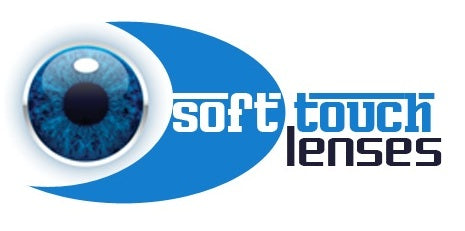Coloured Contact Lenses
Share
The rise of colored contact lenses has transformed them from a tool for thinking and seeing into a wonderful song of privacy and beauty. Colored contact lenses have become popular among many people, enhancing different changes in natural color to create extreme transformations for a completely new look. But understanding the technology, protection, and options behind these eye-enhancing devices is essential for anyone considering them. Success. Modern manufacturing processes use advanced printing techniques and modern materials to create beautiful and eye-catching lenses. The tinting process will deposit multiple layers of color into the lens fabric so that the tint remains intact and does not directly hit the eyes. This technological advancement allows for more colors and patterns, and can even change the darkest eye color. Enhancer eye shadows are designed to enhance or deepen the color of herbal eyes, making them popular among those looking to expand the color of herbal eyes. These lenses are dyed using a diffusion process with similar colors to complement the wearer's eye color. Opaque colored lenses, on the other hand, cover all natural iris colors and are generally suitable for dark-eyed people looking to achieve color changes. These lenses use different colors and create color swatches to create beautiful plants while changing color according to color. Correct correction with the help of a specialist optician will not only make the face look the most beautiful, but will also ensure length and curvature, and comfort for the eyes. Adding color to contact lenses does not change the fact that they are medical devices that need to be worn and monitored correctly. Sometimes, in the quality process, experts do not forget about things such as eye quality, tear film and lifestyle, which are necessary to show the appropriate choice of colored lenses for colored contact lenses. The rise of online retailers and clothing stores selling colored contact lenses in stores has attracted the attention of eye care professionals. Wearing the wrong or wrong color can lead to serious problems such as osteoporosis, infection and, in severe cases, blindness. The FDA classifies all contact lenses, including over-the-counter colored contact lenses, as investigational devices that must be prepared and prescribed by an eye doctor. It is important to maintain the best quality of your lenses. The dyes used in colored lenses can make the surface slightly smoother than clear lenses, leaving them at risk of protein and debris. These features make cleaning and hygiene even more important. Wearers should follow strict cleaning procedures, reuse appropriate anti-inflammatory agents, and avoid mixing contact lenses with other contact lenses, as this can cause irritation to large eyes. The effect goes beyond simply changing color. These lenses can affect how light interacts with the eye, changing depth perception and how others perceive the eye. Makeup artists and photographers often use colored contact lenses to create special faces or effects, knowing that different colors and patterns can change the face. The growth of social media and digital photography has also increased interest in colored contact lenses as a non-public mode and means of artistic expression. part. These lenses are often used in movies, films, and costumes, and can create effects such as cat eyes, spiral types, or complete whitening effects. Although these lenses create a beautiful appearance, they require the same care and maintenance as other lenses. The entertainment industry's use of special glasses will help increase focus on lens design and production, and will benefit all contact lens businesses. The use of virtual monitors, air conditioning, and outdoor exercise can affect lens comfort and wear time. Consumers who wear colored contact lenses should be particularly aware of these situations and may want to adjust their wear time or use lubricants specifically formulated for contact lens wear. The visibility of the lens color is sometimes affected by light, so it is important to remember how the lens will appear in different places. Strategic research. The emergence of smart lenses will enable color-changing lenses that change color according to lighting conditions or personal preferences. Advances in biocompatible materials and printing technology are improving the comfort and aesthetics of colored lenses while also helping to protect eye health and safety. More importantly, decoration and care cannot be overstated. These revolutionary tools have the potential to expand optical and aesthetic improvements, but their experience is dependent on responsible use and expert guidance. Whether choosing a contrast-enhancing tint or an opaque tint, users must prioritize eye health and safety when using the power of color-shifting.
